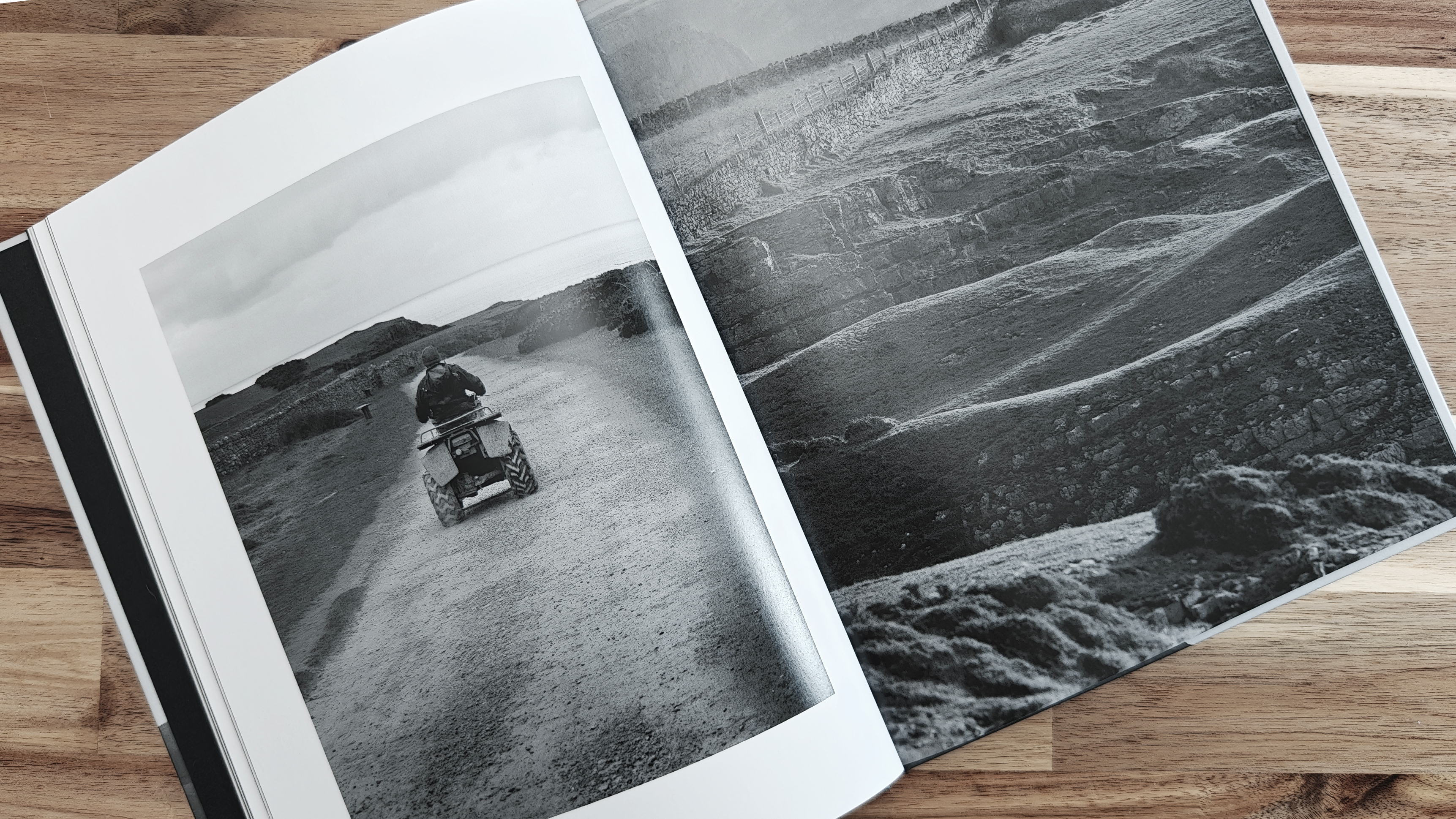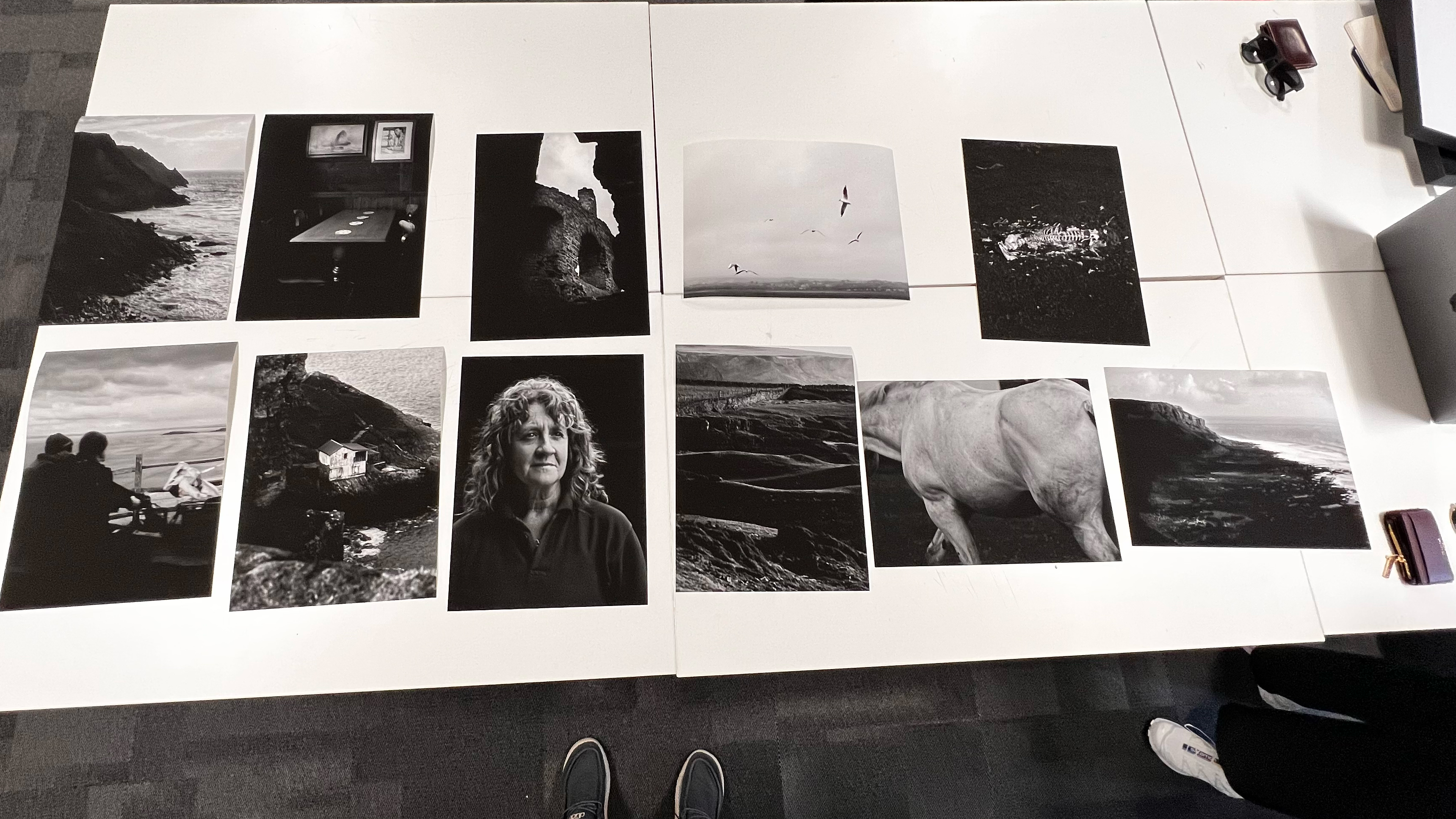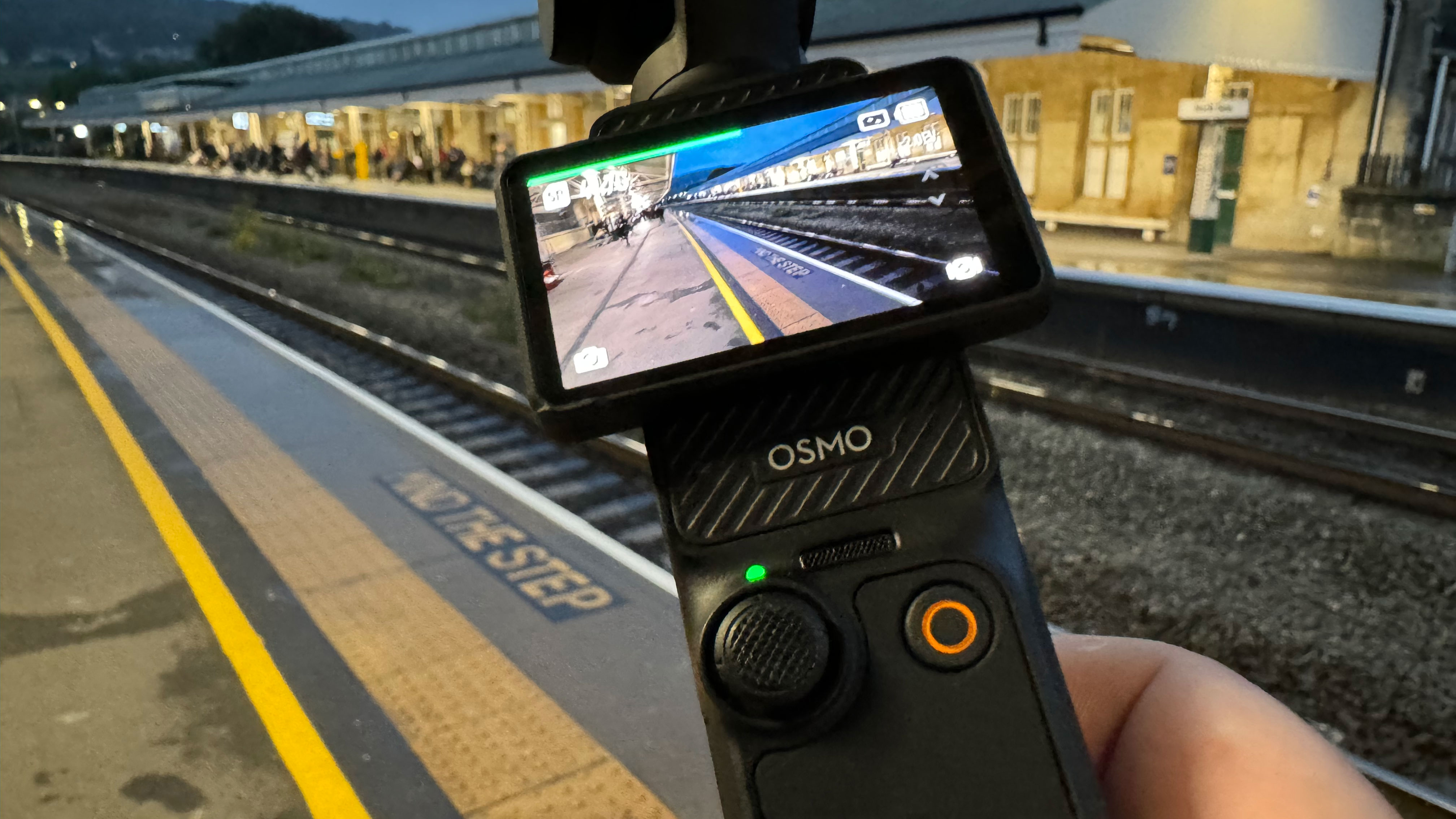5 reasons why I think every photographer should make a zine (even in the digital age)
From tactile storytelling to creative confidence, self-published photography zines are transforming the way photographers finish, share and experience their work
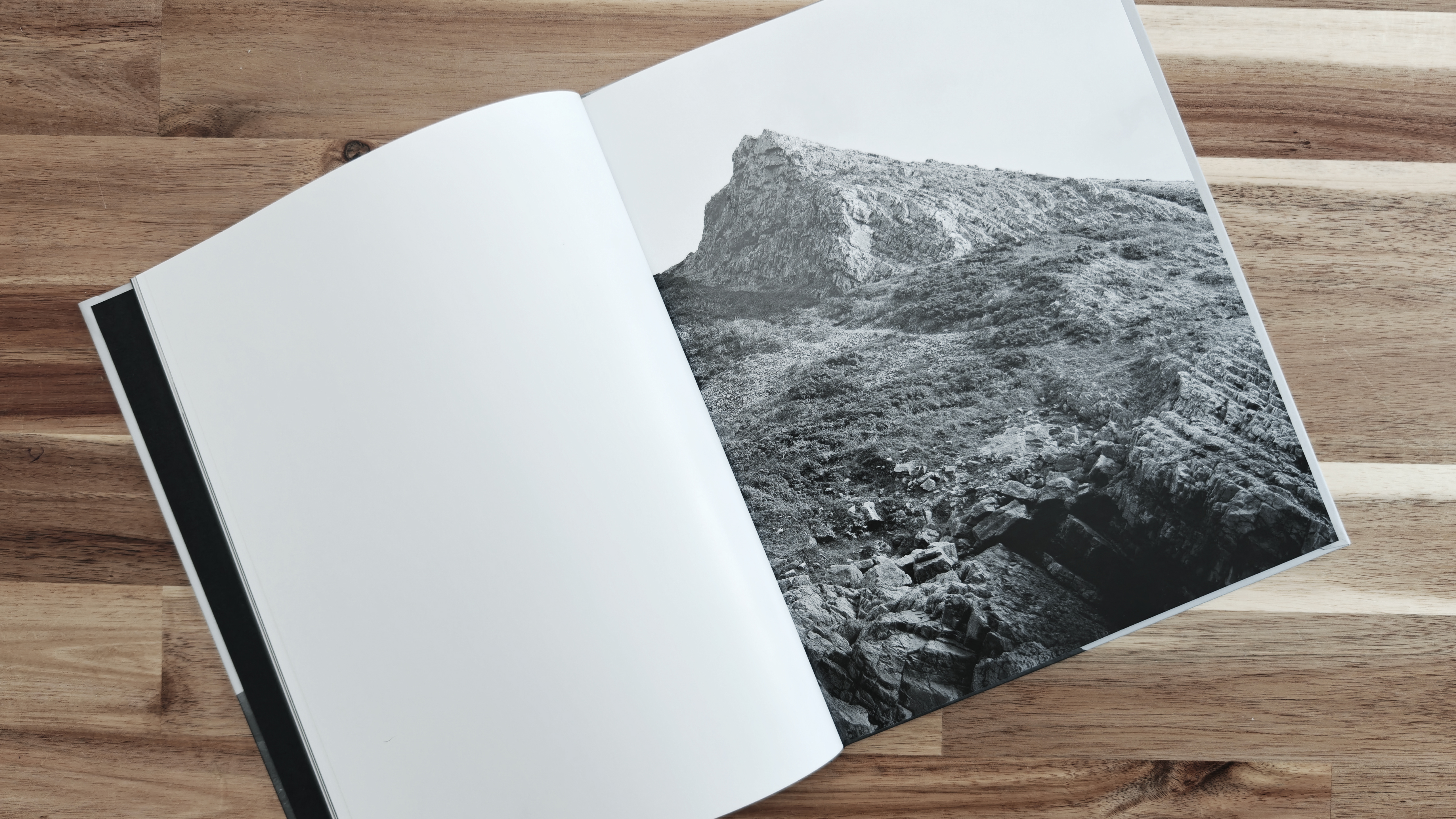
In an age dominated by Instagram carousels and scrolling feeds, it’s easy to forget the power of holding a photograph in your hands. That’s exactly why I have a passion for photography books, and why I’ve returned to making photography zines.
There’s something irreplaceable about curating a sequence of images, designing pages and creating a tangible object that tells a story on its own terms. Zines force you to finish projects, make editorial decisions and consider pacing, sequencing and scale in a way that no screen can replicate. They’re personal, collectible and deeply satisfying, in addition to expanding what photography can be.
For photographers, both emerging and established, producing a zine isn’t a vanity project; it’s a practice in storytelling, curation and self-expression. Whether exploring street photography, fine art or documentary work, a zine gives your images a home and a life beyond the conveyor belt grid.
I’m sharing five reasons why you should start making photography zines and why they might change the way you see and share your work…
1. Think in Stories, Not Single Images
When you create a zine, you’re no longer thinking about isolated shots. You’re sequencing images, and crafting rhythm, pacing and narrative arcs. Working in a series forces you to consider how one photo relates to the next, how visual tension builds and how the reader experiences your story from page to page. It’s an essential exercise for any photographer looking to elevate their practice beyond snapshots.
2. Share Your Work Authentically
Zines give me a way to present my work without the distractions or influences of social media. I can control the layout, sequence and even the paper quality; everything reflects my idea. There’s a freedom in creating a product meant to be experienced on its own terms, rather than chasing likes or algorithms. It’s raw, personal and genuine.
3. Engage With a Physical, Tangible Medium
Holding a zine in your hands is different from scrolling on a screen. The texture of the paper, the weight of the pages and even the smell of fresh ink all add to the experience. For readers, it’s immersive; for me as a photographer, it’s a reminder that photography isn’t solely digital but a real object.
The best camera deals, reviews, product advice, and unmissable photography news, direct to your inbox!
4. Zines force you to finish something
Digital photography is inherently endless. Hard drives swell with 'maybe' images and folders labeled 'untitled project' grow dustier by the month. Creating a self-published photography zine demands that you commit. Even if your zine is ten pages or twenty, the act of finishing a tangible publication is invaluable.
5. Build Your Portfolio and Visibility
Finally, zines don't just have to be personal; they can be professional tools. They can be sent to galleries, used in portfolio reviews or even collected by other photographers. A well-made zine demonstrates commitment, vision and storytelling skill. It’s tangible proof of what you’re capable of and can open doors in the photography and fine art world.
Creating a photography zine doesn’t require a huge budget or fancy printing. Even a simple ten-page booklet produced at home, or through an online printer, can open new doors in your creative practice. For me, zines have become a place to refine ideas, experiment with storytelling and reconnect with the joy of photography.
If you’ve ever felt stuck, stagnant or overwhelmed by photography, start a zine. Even if just a small one for yourself.
you may also like
Check out our guides to the best photo printers and the best photo books.
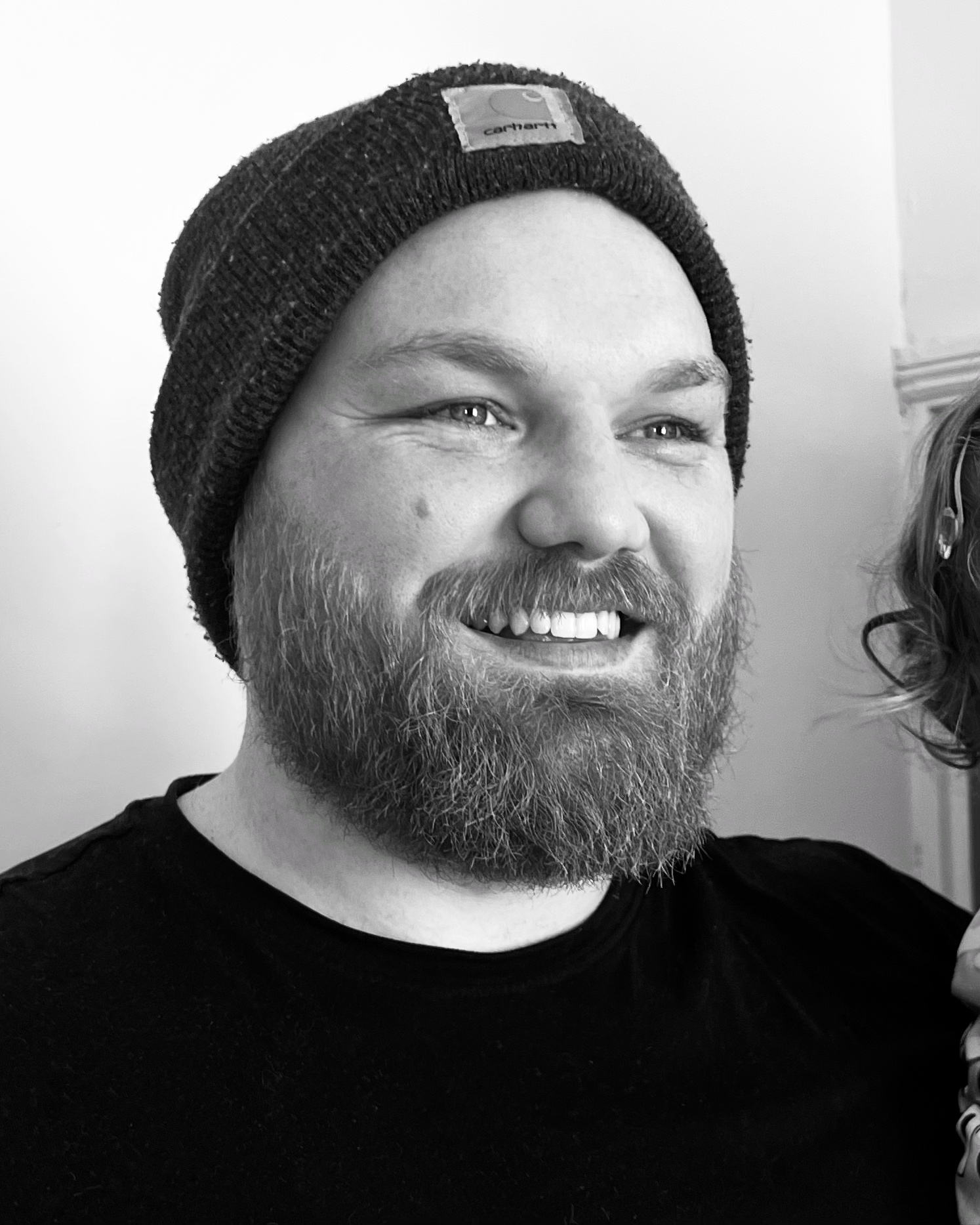
Kalum is a photographer, filmmaker, creative director, and writer with over 10 years of experience in visual storytelling. With a strong focus on photography books, curation, and photo editing, he blends a deep understanding of both contemporary and historical works.
Alongside his creative projects, Kalum writes about photography and filmmaking, interviewing industry professionals, showcasing emerging talent, and offering in-depth analyses of the art form. His work highlights the power of visual storytelling, fostering an appreciation for the impact of photography.
You must confirm your public display name before commenting
Please logout and then login again, you will then be prompted to enter your display name.
